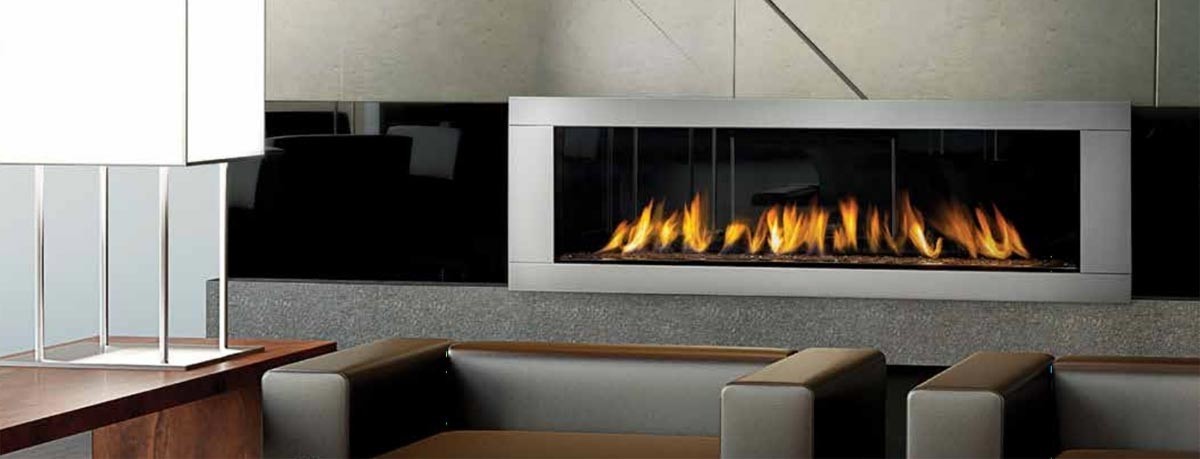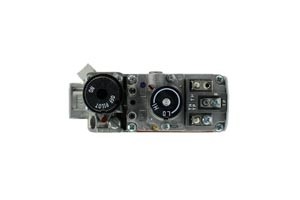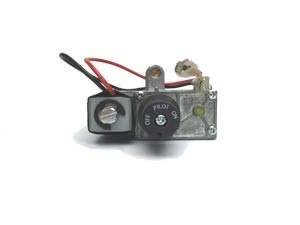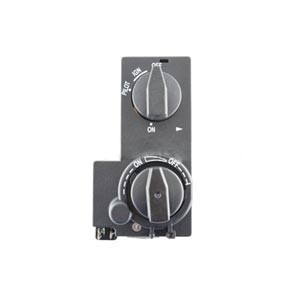What Fireplace Remote Control Works For You

How to Determine What Remote Works for You:

Nothing beats the comfort of a warm & cozy fire when the temperature drops and the days are cold and many of us now have gas fireplaces in place of wood for the convenience and simplicity they offer. What's more, most gas fireplaces are able to be operated with a remote control to enhance the simplicity and comfort, but it can be confusing as to what kind of remote control works with your unit whether it's a direct vent, B-vent, or a gas log set - so we've put together this guide to help make the buying process easier.
When it comes to finding a remote control that's compatible with your gas fireplace, the first thing you'll need to find is what type of gas valve your fireplace uses. This information can be found most easily in your fireplace's installation & operation manual - within your fireplace's manual, the relevant information is usually located under the "Wiring Diagram" or a similarly named section that looks something like this ->
If you don't have your fireplace owner's manual, you can also find the model on the rating plate located located somewhere inside your fireplace - or you can also identify the valve by taking a look at it directly. Below, we've got some examples of standard gas valves that would need different types of remote controls so you can identify what yours is by looking at the examples.
Types of Gas Valves:
1. Millivolt Gas Valve
Named for the amount of voltage the gas valve needs to open, millivolt gas valves are very common for fireplaces these days and our largest selection of remote controls work for standard millivolt valves. This type of valve makes use of a standing pilot that continuously burns to heat a device, either a thermocouple or thermopile, which then produces a small amount of electricity - less than a single volt, hence "milli"-volt. This small amount of electricity provides enough of a current to control an electromagnet that pulls the valve open against a spring; if the current isn't present, the valve will snap shut and turn off the gas. A remote control will not provide power to your valve, instead the receiver box just completes/disconnects the circuit to operate the valve.
- Read more millivolt valve remote controls here.
- Popular remote controls: , , ,
2. Latching Solenoid
Another common type of gas valve uses a latching solenoid valve to control the gas flow, sensibly named a latching solenoid valve. A solenoid valve is controlled with an electric current through the solenoid to allow/restrict the flow of gas; unlike a millivolt valve, this solenoid requires a larger amount of voltage than a thermocouple/thermopile can produce to snap open, where it makes use of latching magnets that secure the solenoid in the open position - thus, the "latching" solenoid doesn't require a constant electric current to stay open/closed. If you hook up a remote control to this type of valve the remote control receiver box does send voltage to the solenoid in order to control the opening/closing of the valve.
- Popular remote controls: ,
3. Maxitrol
This type of gas valve employs a servomotor to provide precise control over the position of the plunger opening/closing the valve. A constant current will continue to hold the position of the plunger in order to maintain its on/off position. The benefit to using this type of system is the ability to modulate the flame height higher or lower simply by sending the electric current to dictate its position. If you use a remote control with this system, the receiver box sends voltage to the servomotor to control its position and allows "infinite" adjustment.
- Popular remote controls: ,
The Conclusion:
Hopefully this helps you understand what type of gas valve your fireplace operates with and leads you to the correct remote control choice. As always, if you have any further questions or you're still having trouble figuring out what remote works for you, feel free to contact us.



